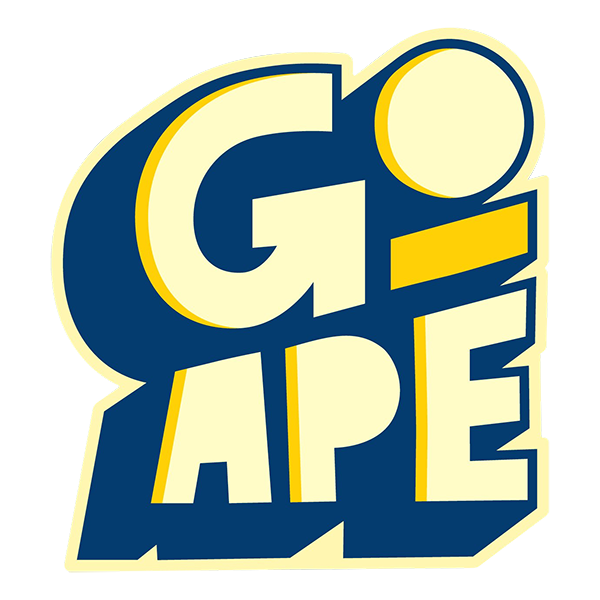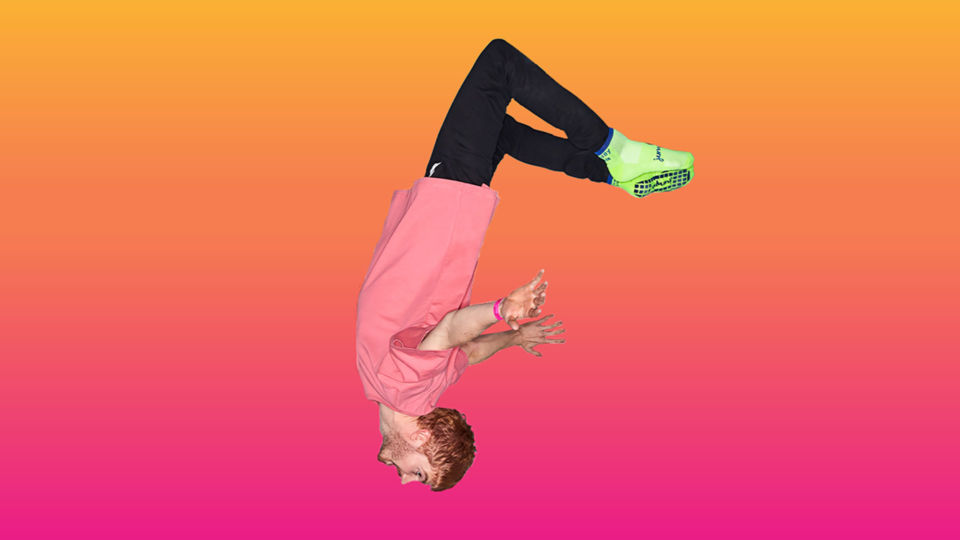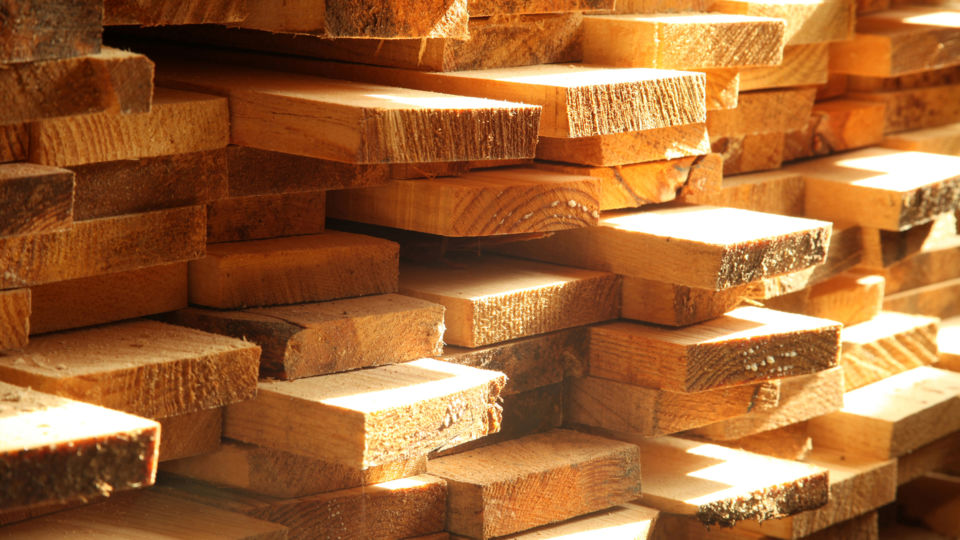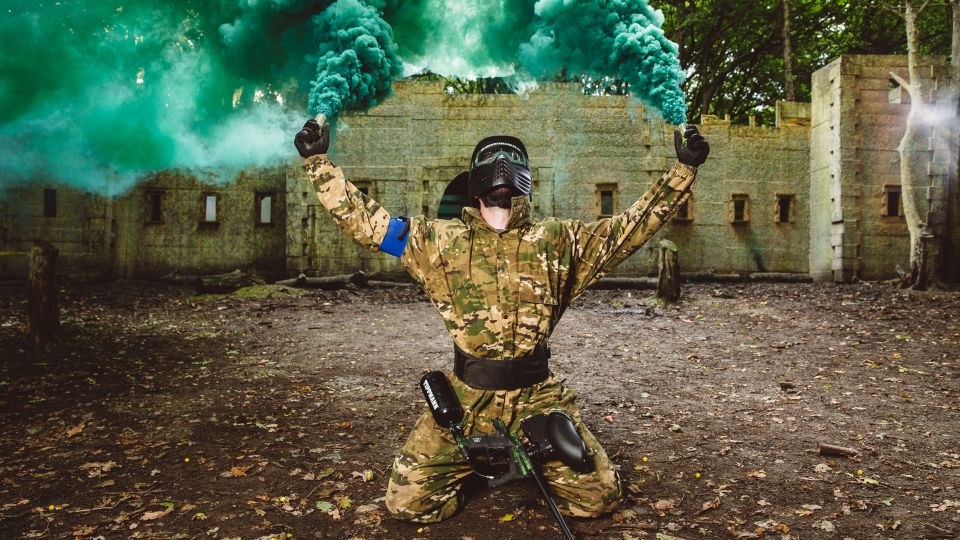Go Ape Facebook and Instagram Advertising & Google PPC

- Advertising
- Branding
- Digital marketing
- Exhibitions & events
- Graphic design
- Marketing strategy
- Packaging
- Web design & SEO
Challenge
To improve the return on investment from Facebook and Instagram advertising, improve the performance of Google pay per click advertising (PPC) and boost corporate/group bookings
Oyster was invited to pitch for the digital marketing account of the UK’s number one outdoor activity provider, Go Ape. Go Ape is a well-known brand in the leisure sector with 35 sites in the UK, offering high ropes challenges, treetop adventures, zip wires, Segway tours and axe throwing in stunning forest locations. Despite the company’s high profile and strong brand image, its Facebook and Instagram advertising activities were underperforming, and there was also room for improvement with Google search advertising.
After a three-way pitch, Oyster won the business and took over the account from the incumbent agency in late November 2020, just as the UK was on the brink of another Covid-19 lockdown which meant that all Go Ape’s sites were soon to close.
Oyster’s immediate challenge was to find a way for Go Ape to generate income during this difficult period and to then devise a strategy to maximise sales when Go Ape sites reopened after lockdown.
Post-Covid, Go Ape faced two further challenges: increased competition with the reopening of indoor leisure operators; and problems with recruiting staff, aggravated by Brexit and the remote locations of certain sites.
Solution
Enhanced targeting led to improved results
In November 2020, with only a week to spare we devised a Black Friday/Cyber Monday weekend promotion in conjunction with Go Ape, offering a 25% discount on any gift cards purchased during the 4-day period. Go Ape had run a similar offer on Facebook and Instagram the previous year which had generated £27,725 in sales, however we recommended they invest more in the campaign and we also adjusted the targeting so the ad spend was focused in areas around Go Ape sites using their customer heat maps for guidance (previously a nationwide approach has been adopted). This strategy led to our campaign generating £74,531 in sales over the 4-day period which was a very encouraging start.
Sadly, the country went into full lockdown shortly afterwards and while further campaigns to sell gift vouchers in the run-up to Christmas achieved a better return on ad spend than the previous year, we knew there was untapped potential and we could achieve a lot more.
Our findings from our initial Go Ape campaigns showed that it was taking too long for our 35 local campaigns to exit the learning phase in Facebook, which meant that the algorithm was not able to perform to its full potential. While our localised targeting was a vast improvement to the national approach, we needed to further adjust our strategy ready for Go Ape’s reopening in the spring.
Instead of grouping the sites by location, we created regional campaign groupings and also experimented with targeting and testing different lookalike audience percentages. This strategy paid off and we saw a strong improvement in the return on investment.
In terms of Google PPC advertising, we began by reviewing the campaign structure. The majority of Go Ape’s campaigns were national or regional and we decided to restructure their campaigns so that they were predominantly site-based. By doing this, we could achieve higher ad quality scores and take customers to relevant landing pages. In turn, a higher quality score would result in a lower cost per click and cost per conversion for the client.
Like we did for Facebook, we looked at Go Ape’s Power BI to analyse their purchasing heat map. This contained information on where customers lived, visually enabling us to recreate the map in Google Ads around each Go Ape location to better target customers. This reduced wasted spend in areas that were not converting.
We also reviewed past search terms to start creating detailed negative keyword lists. By doing this, we were able to start filtering out specific terms and words that were not relevant and were wasting money.
Finally, we stopped advertising on Go Ape brand terms. Since their website was well-optimised and generally came up first in organic search results, we figured that if people were searching for Go Ape it was a waste of precious budget to pay for them to click on our ad rather than a free search result.
Results
Facebook and Instagram advertising & Google campaigns
The majority of Go Ape’s sites reopened in time for the Easter holidays in 2021 and our reopening campaign achieved some unprecedented results, thanks to pent-up demand, impactful advertisements and enhanced regional targeting.
During a 2.5-week period, our campaigns generated sales of £264,636 from a media spend of just £1,541, representing a phenomenal return on ad spend of 171.73 overall.
We were especially pleased with the results of our retargeting campaign which generated a return on ad spend of 350.6, the highest return on ad spend we have ever achieved as an agency.
We also achieved great success on Google Ads, achieving sales of £271,689.90 for a spend of £9,901.59, representing a return on ad spend of over 27.
Following Covid, as things returned to normal and competition from indoor leisure operators resumed, we worked hard to attract customers to Go Ape, constantly testing and refining content and target audiences to improve results. We also worked with Go Ape’s corporate team to run B2B campaigns targeting teachers and businesses on LinkedIn and Facebook to fill off-peak periods to help Go Ape maximise turnover.
When we took over the business from the previous agency in 2020, they had been achieving an average return on ad spend (ROAS) of 6, with many campaigns generating a return of less than 1. Post-Covid, in 2022, we successfully achieved an average ROAS of 27, a 350% improvement!
We also created a new remarketing campaign on the Google display network, targeting users who visited Go Ape’s landing pages but did not convert. Essentially, we followed the customer online to show them eye-catching ads to remind them of Go Ape and grab their attention with the aim of encouraging them to make an online purchase.
In addition, we experimented with additional media and ran a successful stag and hen party campaign on YouTube, along with a sunset sessions campaign on TikTok which generated huge awareness of Go Ape, although neither of these campaigns generated the level of sales we had been achieving on Facebook and Instagram.
Finally, to support Go Ape’s recruitment drive, we ran successful site-specific recruitment ads and reels on Facebook and Instagram to drive applications and successfully fill all available vacancies.
In March 2023, Go Ape decided to take their digital marketing in-house and we ran a comprehensive handover and training session to pass on our learnings. Our partnership with Go Ape was a complete pleasure and we are extremely proud of the results we achieved for them and how we transformed their digital marketing activities to become their most profitable income stream.
To find out how Oyster Studios can help you achieve more sales via digital marketing, contact us today.
I’m delighted to be working with Oyster Studios. They are full of ideas and have worked incredibly hard to turn around our digital marketing activities. I particularly like the test and learn strategy that Oyster has brought to us, always seeking different ways to reach new customers and challenge the norm. The results they have achieved so far are unprecedented for Go Ape and we look forward to building on this success and continuing our partnership with them.
JO O’BOYLE, MARKETING DIRECTOR, GO APE
Contact us
Message
We’d love to speak to you.






